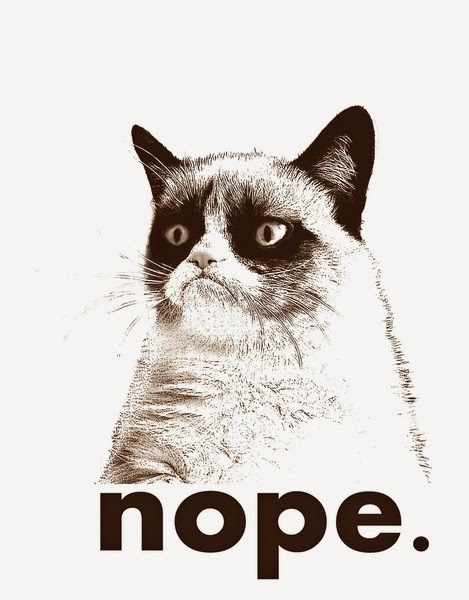Open Access, Impact, & Strategery
In honor of Open Access Week, I was delighted to contribute to a panel, hosted by the ASU library, discussing the pros and pitfalls of open access publishing from the perspectives of different stakeholders.
I have published #OA in dedicated venues (Public Library of Science) and I have footed the bill to make an article immediately open access when published in a traditional journal. And while I framed open access as a moral good in terms of concept, the reality is that it can be incredibly expensive, depending.
So assuming you are not independently wealthy or a Nobel prize winner who can launch his own open access journal, or for whatever reason aren't in the position to go "all in" and always publish open access, it can be worthwhile to selectively deploy open access papers as a tactic in a broader scholarly strategy.
Going all in on Freedom.
& Freedom Isn’t Free.
In preparation for the panel, I put together some slides to better articulate the framing of a scholarly approach, and how open access fits within that, depending on topics, audiences, and my short-term and long-term professional goals. I used to think about this in terms of tactics, strategies, and goals but while image searching I found a cheesy corporate pyramid. And now I am going to annoy trainees and collaborators with this pyramid from this day until the end of my days, because it fantastically illustrates how to organize a multi-tiered scholarly agenda.
Findings that have the greatest importance across diverse audiences, I think have the greatest value being published open access. Broader impacts don’t come from just writing for our colleagues within our sub-discipline. Some of my papers have a pretty narrow target audience- such as methods for colleagues- but much of my work on mothers, babies, and milk has implications for academics, clinicians, industry, and parents. Hence the importance of making the work accessible.
But even when not behind a paywall, our open access articles remain behind a paywall of jargon.
This means it is important to have a strategy to communicate the findings in lay terms to broader audiences. Working with campus PR, talking directly with awesome science writers you trust, writing your own essays, or combinations of these and other tactics can be key to public outreach and science communication.
Code-switching between acadamese and accessible language can also be tricky…
but maybe not as tricky as over-coming implicit biases.
Back to the topic at hand, comparing open access to paywall articles, the open access articles I've been an author on have been cited at higher rates, discussed more broadly in media and via social networks, and have been viewed and downloaded more.
Here are comparisons of peer-reviewed journal articles published online in the calendar years 2013 and 2014, not including commentaries, book chapters, or a paywall article in a particularly high impact journal.
Now some of these metrics- number of views & downloads- are not specific to the open access model, but open access outlets have been early adopters of providing such info to authors and readers.
These graphs of course aren’t really fair comparisons, in part bc the sample size is too low to covary journal impact factor or number of co-authors. And in the interest of full disclosure, several of those open access articles were initially pitched behind paywalls, really high where angels fear to tread. Luckily the articles were shunned in those attempts. Because I discovered that the articles being open access was essential for increasing their impact.
The paper on daughter-biased milk synthesis in dairy cows, for example, could be downloaded & read by any dairy scientist. Many dairy scientists aren’t affiliated with institutions that have academic article access and #OA allowed them to evaluate findings that could inform decisions about herd management. Combined with kickass coverage by Ed Yong and some additional info on my own blog, this paper ended up being #13 on the PLOS ONE TOP 20 in 2014.
Due to that positive experience and later with SAFE, I knew I wanted to go #OA for a paper on cortisol in monkey milk but I also wanted to publish in a traditional journal. I targeted Behavioral Ecology which has an #OA option. I wanted to write the manuscript embedded in the behavioral ecology literature- previous milk cortisol has all been in biopsychology journals and I thought an evolutionary framing, specifically life history theory perspectives, were important to understanding the potential functions of hormonal signals in milk.
& in this case, communicating the science would require finesse. I would break out in a cold sweat imagining hideous headlines “Stressed Moms make Nervous Babies Via STRESS MILK!!” that corrupted the findings and worried the moms. Once again, the combination of open access, clutch science-writing, and a blog postworked synergistically.
monkey photo by Kathy West/CNPRC
However, in this case, the production fee was nearly prohibitive. I take heart that campuses increasingly provide some pots of money to offset costs of publishing #OA. Here’s to advocating that those pots of money are most available to trainees and adjuncts. Because when the fee for publishing an article #OA is spitting distance from what an adjunct is paid to teach a course for a whole term, well then…
and by 'something,' I mean somethings, plural.
(& the origin of strategery)













Comments
Post a Comment